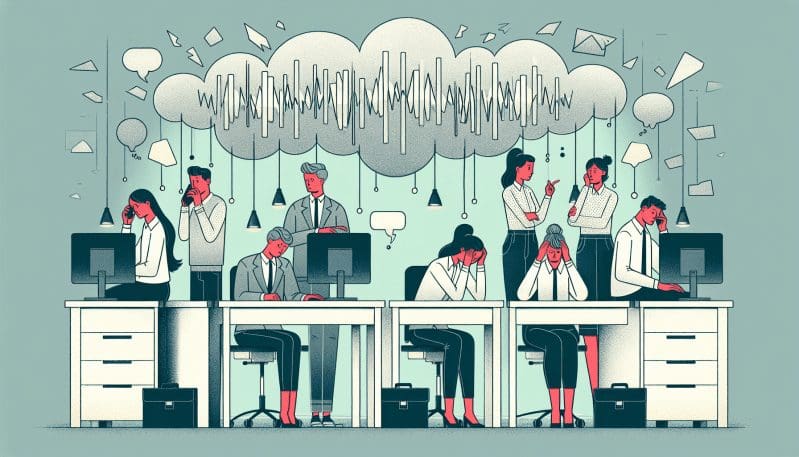The Silent Epidemic: How Communication Breakdown is Undermining Workplace Culture and Productivity
- Home
- The Silent Epidemic: How Communication Breakdown is Undermining Workplace Culture and Productivity
- Editors Desk
- April 3, 2024
- 0 Comments
In the digital age, the rhythm of work has been transformed. We are simultaneously more connected and yet more isolated than ever before. This paradox is at the heart of a silent epidemic afflicting modern workplaces: the breakdown of effective communication. As email, instant messaging, and project management software replace face-to-faces interaction, the foundational building blocks of a healthy workplace culture are quietly crumbling away.
The shift towards remote work, accelerated by the pandemic, has heightened this issue. The lack of interpersonal interaction and the over-reliance on text-based communication have stripped away the nuance and richness of in-person conversations. Without non-verbal cues, such as tone of voice and body language, misunderstandings flourish, causing frustration and conflict. The impact on productivity is palpable; tasks that could be resolved in minutes through a quick chat now languish in inboxes, awaiting clarification.
Beyond immediate tasks, the erosion of communication affects employee engagement. A workforce that does not feel heard or understood is a workforce that is emotionally disinvested. This disengagement is not only a precursor to declining productivity but also a contributor to decline in mental health among employees. The silent epidemic of poor communication breeds an environment where stress and burnout flourish.
How do we combat this insidious problem? It begins with recognizing the value of robust communication channels and practices. Organizations must cultivate an environment where open dialogue is not just encouraged, it’s expected. Lessons from successful companies show us that regular check-ins, clear communication protocols, and an emphasis on face-to-face (or video) interactions can make a profound difference.
Behavioral science also offers insights into improving communication. Encouraging active listening, empathy, and the use of clear, concise language can bridge the gap between digital and personal communication. Organizations should consider training programs that highlight these skills, which are crucial in a dispersed work environment.
Maintaining robust communication is not just about avoiding misunderstandings; it’s about creating a shared sense of purpose and community. It’s about ensuring that every member of the team, no matter where they are, feels connected to the larger mission. In the end, restoring the fibers of communication within the workplace does not just boost productivity; it weaves stronger, more resilient organizational fabric capable of withstanding the challenges of the modern business landscape.
The silent epidemic is not inevitable. With thoughtful interventions and a commitment to nurturing the human element of work, companies can thrive in the age of digital communication. It is in the hands of business leaders, managers, and every single employee to turn the tide against this communication breakdown, ensuring a vibrant, engaging, and productive workplace culture for years to come.


Leave A Comment